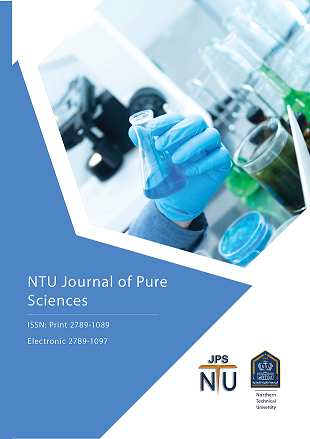Thermodynamic study of (pantothenic acid) in different solvents and temperatures: Treatment by theoretical study
DOI:
https://doi.org/10.56286/3xs6ba50Keywords:
Electrical Conductivity, Pantothenic Acid, Theoretical Chemistry, Lee-Wheaton equation, DFTAbstract
Vitamin B5 (pantothenic acid) was studied thermodynamically by calculating its conductivity parameters, like association constant Ka, equivalent conductance at infinite dilution ??, ionic conductivity, and the main distance between ions in solution (R) at best-fit values of (??). The values of Ka, ??, and R measurement of equivalent conductivities in different solvents; water, and methanol to varying temperatures between (293 to 313)K, and in mixtures of methanol with water at percentages (10 %, 20%, 30%, 40% and, 50%) of methanol at 310K. The experimental data were treated by the Lee-Wheaton conductivity equation of symmetrical electrolytes (1:1), were found be different from one solvent to another depending on the molecular interactions in the solution, and their physical parameters (viscosity & Dielectric constant) for each solvents. Finally, thermodynamic quantities for the ion association reaction (?G, ?H and ?S) have been studied. Density functional theory DFT calculations, (B3LYP/6-31g(d,p)) were employed to analyze vitamin B5 in the gas phase and diverse solvents. Three different continuity methods, namely AM1, PM3, and HF, were utilized, followed by DFT. The final method was applied to explore the effects on its characteristics.
Downloads
Downloads
Published
Issue
Section
License
Copyright (c) 2025 NTU Journal of Pure Sciences

This work is licensed under a Creative Commons Attribution 4.0 International License.
This work is licensed under a Creative Commons Attribution 4.0 International License (CC BY 4.0), which permits unrestricted use, distribution, and reproduction in any medium, provided the original work is properly cited.





